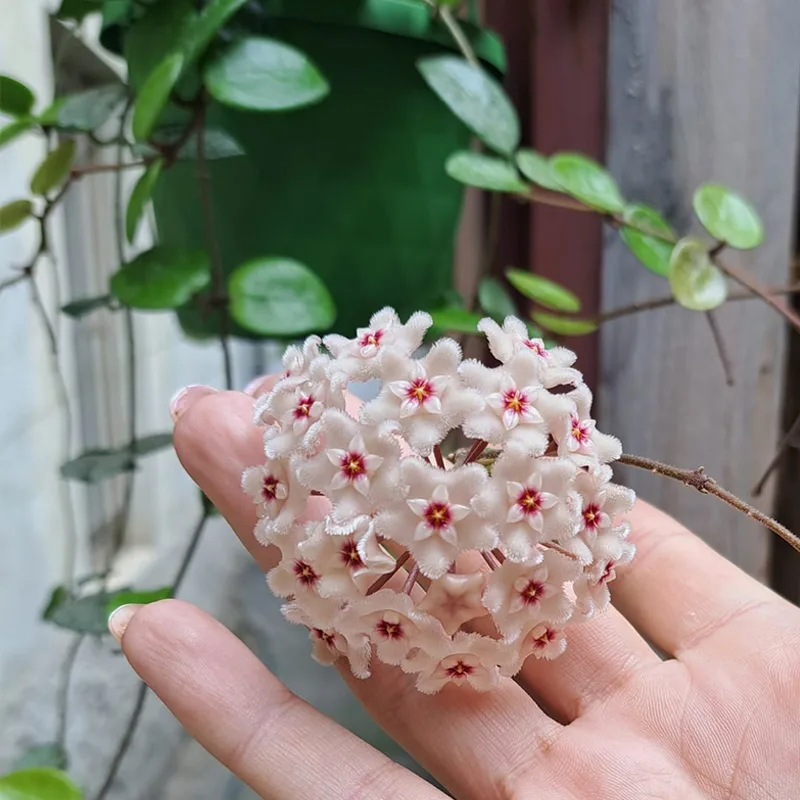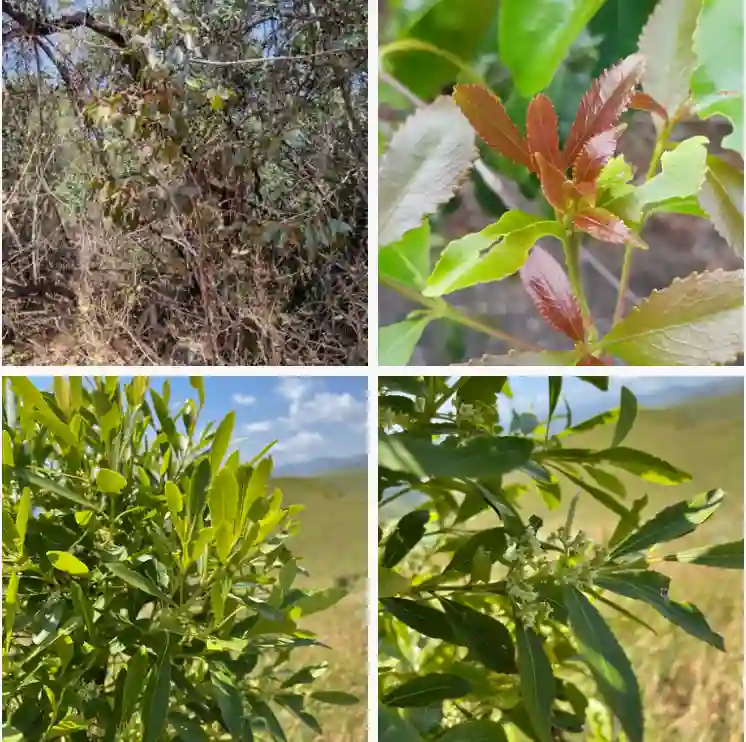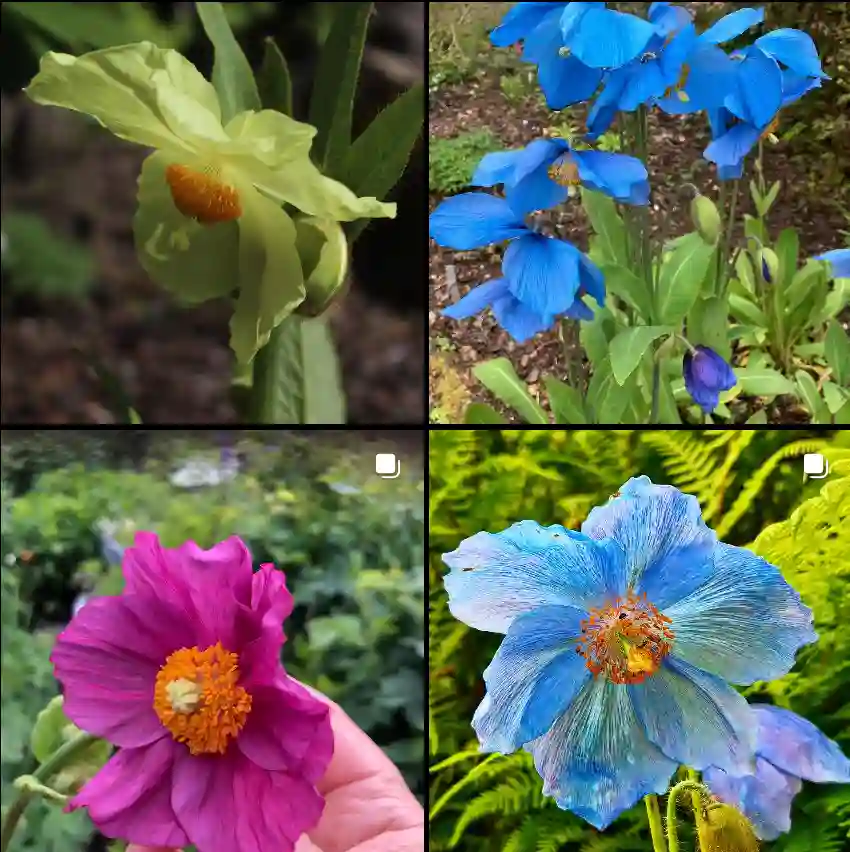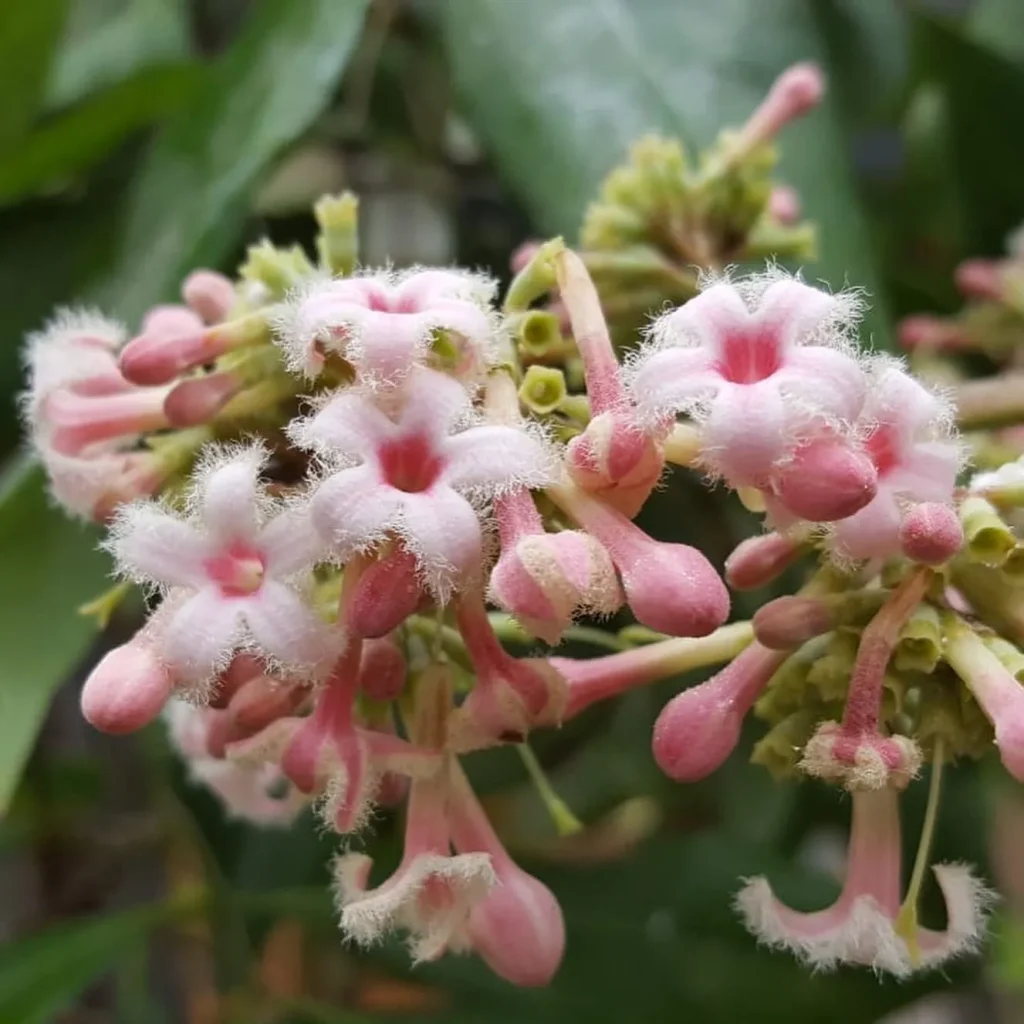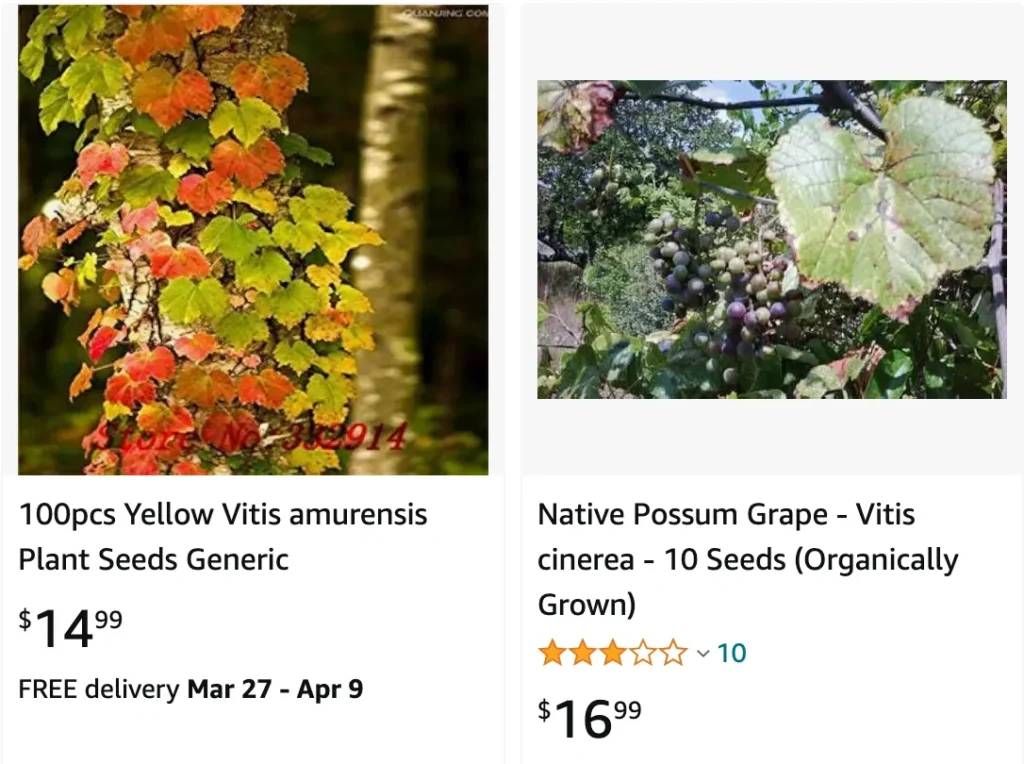
All About Vitis Amurensis: The Cold-Hardy Champion
Hi there, Ferb Vu here. Today, we’re diving deep into the world of Vitis amurensis, also known as the Amur grape. This fascinating vine native to East Asia has captured the attention of grape growers worldwide, especially those battling harsh winters.
If you’re curious about this resilient grape species, you’ve come to the right place. Let’s answer some of the most common questions about Vitis amurensis.
84 Species in Genus Vitis
What is Vitis Amurensis?
Vitis amurensis is a deciduous climbing vine, belonging to the Vitaceae family alongside its more famous cousin, Vitis vinifera (the European wine grape). Native to the Amur River Valley stretching across Russia and China, this vine thrives in cold climates.
Imagine thick, woody stems reaching up to 15 meters (50 feet) long, adorned with beautiful lobed leaves that turn fiery red in autumn. While the small, dark blue grapes aren’t particularly palatable raw, their significance lies elsewhere.
How Cold-Hardy is Vitis Amurensis?
This is where Vitis amurensis truly shines. It boasts exceptional cold tolerance, surviving temperatures as low as -40°C (-40°F). This makes it a champion in regions where other grape varieties struggle.
In contrast, Vitis vinifera typically fares well down to -15°C (5°F). This remarkable difference allows Vitis amurensis to flourish in areas traditionally unsuitable for grape cultivation.
Is Vitis Amurensis Disease Resistant?
Vitis amurensis possesses a natural resistance to several grapevine nemeses, including powdery mildew, downy mildew, and anthracnose. This reduces reliance on chemical treatments, making it an attractive option for organic growers.
However, it’s important to note that it’s not invincible. While resistant to some diseases plaguing Vitis vinifera, Vitis amurensis can be susceptible to others, like Pierce’s disease.
Can You Make Wine with Vitis Amurensis?
While not ideal for producing high-quality table wines due to its strong, foxy flavor, Vitis amurensis grapes can be used for winemaking. When blended with Vitis vinifera varieties, it can add interesting complexity and disease resistance to the final product.
More commonly, Vitis amurensis grapes are used for jams, jellies, and juices. Their high acidity makes them perfect for these applications.
Vitis Amurensis vs. Other Grape Varieties
Here’s a quick comparison of Vitis amurensis with some popular grape varieties:
| Feature | Vitis Amurensis | Vitis Vinifera (Wine Grape) | Vitis Labrusca (Fox Grape) |
|---|---|---|---|
| Cold Hardiness | Excellent (-40°C) | Moderate (-15°C) | Moderate (-20°C) |
| Disease Resistance | Moderate | Low | Moderate |
| Grape Flavor | Foxy | Varied, Often Fruity | Foxy |
| Winemaking Suitability | Limited (Blending) | Excellent | Limited (Blending) |
Is Vitis Amurensis Right for My Garden?
If you live in a region with harsh winters where other grape varieties struggle, Vitis amurensis could be a fantastic choice. Its resilience to cold and some diseases makes it a low-maintenance option.
However, keep in mind its foxy-flavored grapes and the need for support structures for its vigorous growth. Consider your goals – are you looking for delicious table grapes or a hardy vine for a landscaping project?
Where Can I Get Vitis Amurensis?
Vitis amurensis is becoming increasingly available from nurseries specializing in cold-hardy grapes. You can also find seeds online, but be aware that growing from seed can take several years before the vine produces fruit.
Conclusion
Vitis amurensis is a fascinating grape species with a unique set of characteristics. Its exceptional cold hardiness and disease resistance make it a valuable addition to the grape world, particularly for growers in challenging climates.
Whether you’re a seasoned viticulturist or a home gardener seeking a hardy vine, Vitis amurensis offers a compelling option. With its interesting history and potential applications, this resilient grape is sure to capture the imagination of plant enthusiasts everywhere.
If i die, water my plants!
